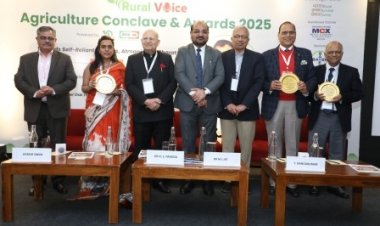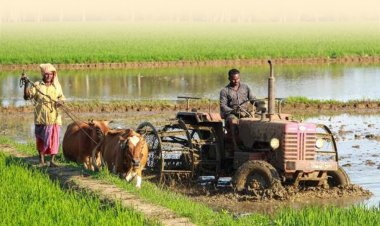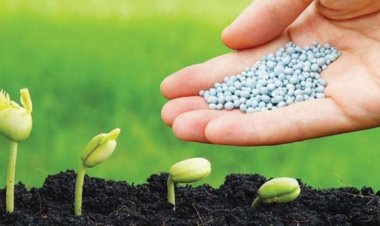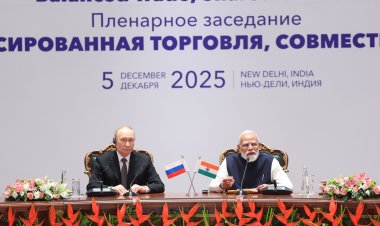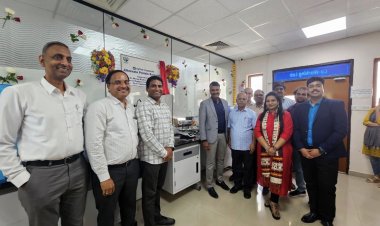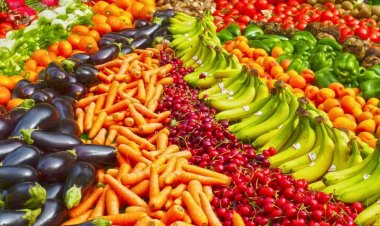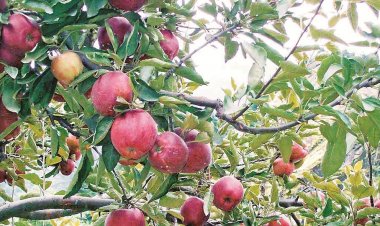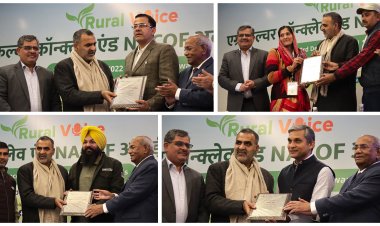Contribution of White revolution more than Green revolution, said Niti Aayog member ‘India must be export competitive’
dairy sector contributes one fourth of the total income generated in agriculture sector, Prof Chand said, "Milk production is projected to grow at more than 6% per year in the country. This will result in increase in milk surplus for export in the coming years."
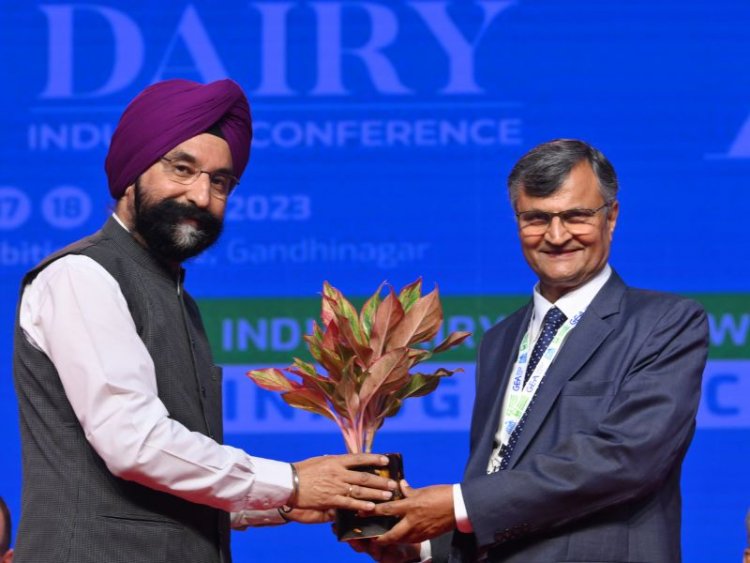
Since the beginning of green revolution, dairy sector has shown higher growth than crop sector throughout, Professor Ramesh Chand, NITI Aayog member, has said. Delivering the Dr Kurien Memorial Oration at the 49th Dairy Industry Conference at Gandhinagar last week, Prof Chand noted that contribution of White Revolution is more than Green Revolution.
“There is enough evidence to show that white revolution has been more powerful than green revolution in India. The lead taken by dairy sector over crop sector has increased after liberalisation of domestic and international trade,” he said. Observing that dairy sector contributes one fourth of the total income generated in agriculture sector, Prof Chand said, "Milk production is projected to grow at more than 6% per year in the country. This will result in increase in milk surplus for export in the coming years."
He said this necessitates India's dairy product to be globally competitive. India's dairy industry opposes any free trade agreement that involves liberalisation of trade (import) in dairy products. "However, if we have to capture overseas markets for disposal of future surplus of milk in the country, then we must be export competitive. Being export competitive requires higher competitiveness than competing with imports. A country cannot be export competitive if it is unable to compete with imports. This issue is crucial for future growth of dairy industry in India," he said.

Referring to the share of dairy sector in total income of agriculture sector (2006-07 to 2020-21), he said there were two major challenges – low productivity of milch animals, and emission of green house gases by the ruminants, having detrimental effect on climate change. Another criticism of dairy sector is that much of the growth in output during the last 50 years is due to increase in population of dairy animals which has serious ecological and environmental implications, he said.
At the same time, Prof Chand pointed out that per capita absorption of milk and milk products in the country has almost doubled during last 20 years. “This growth along with the level of intake implies that milk has made the highest contribution to improve nutrition in the country,” he noted.
The NITI Aayog member observed that the success of dairy revolution in India is not translated into export and cited data showing that dairy export constitutes only 2.6 per cent of India’s agriculture export reported by APEDA (crop plus livestock), which is much lower than 24 per cent share of milk output in value of crop and livestock output.
“The situation has shown big change in recent years as volume of export of dairy products has increased four times in four years after 2017-18. Dairy export doubled in 2021-22 to reach Rs 2,742 crore and creased by 64 per cent in volume,” he said.
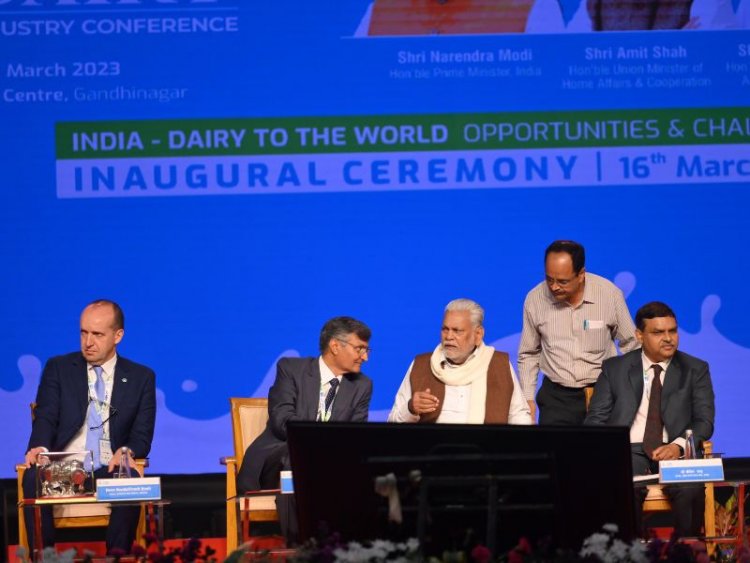
Breaking down India’s agriculture growth into different segments, Prof Chand said, “If the growth in agriculture is looked at for the last 50 years, the share of green revolution (progress in cereals), is 13.23 per cent. But if you look at the contribution of milk, then it is 25 per cent. So, the contribution of white revolution is double that of the green revolution in the growth of agriculture.
“Contribution of poultry to the total growth of Indian agriculture in the last 50 years is as high as the contribution of wheat which is the top crop. The contribution of poultry is 6.3 per cent. Similarly, the contribution of fisheries — which is 7.8 per cent — to this growth process is higher than the contribution of any single crop.”
“This differential rate of growth has changed the total picture of agriculture. The share of the crop sector is shrinking, while the shares of livestock and dairy are increasing in a big way. These changes point to a clear trend of diversification which has happened in agriculture,” he said, adding that the diversification would have been higher had the government not provided support or subsidies to the crop sector.
Despite India doubling its per capita food production in the last 50 years, cases of malnutrition and anaemia continue to stagnate, Prof Chand said.
“In 50 years between 1971 and 2021, the per capita aggregate food production - a sum of nine food items, including cereals, edible oil, pulses, milk, meat, fish, egg, sugar - in India almost doubled. In 1971, India was producing one kilogram of food per person per day. But now we are producing two kilogram of food per person per day. We are not consuming all of it and a significant portion of it goes to exports. What is more impressive is that this growth rate in the recent years, particularly after 2005-06, has accelerated further,” he said. Prof Chand said despite the high growth in per capita food production, burning issues like malnutrition and anaemia among women have not been addressed.
Citing Food and Agriculture Organisation (FAO) data, he said, “In 1979-80, about 38 per cent of the population of India was found to be undernourished or hungry. Five years ago, that percentage had come down to 16 per cent. However, it has remained stuck at the same place in the succeeding five years.”
“As much as 50 per cent of women in the states that saw the green revolution are anaemic. We need to analyse why we are not able to make further improvements in nutrition. Why are we not able to reduce anaemia if our growth rate in food production is like this,” he said.
Suggesting that emphasis should be on providing options like dairy, pulses, eggs and fishes to improve nutrition, Prof Chand said, “Right now the growth rate of cereals is two per cent but even if there was five per cent growth, there is no possibility of improving India’s nutrition through that growth. Reason is simple. Preference of the people to consume cereals is declining.”
“Even after we gave 40 per cent of the cereal supply to two-third of the country, the per cent of undernourished population is not improving. So, if we want to improve nutrition, we will have to provide food items that people would want to consume. We need to put more emphasis on items like dairy, pulses, fruits and vegetables, eggs and fish.”



 Join the RuralVoice whatsapp group
Join the RuralVoice whatsapp group

















